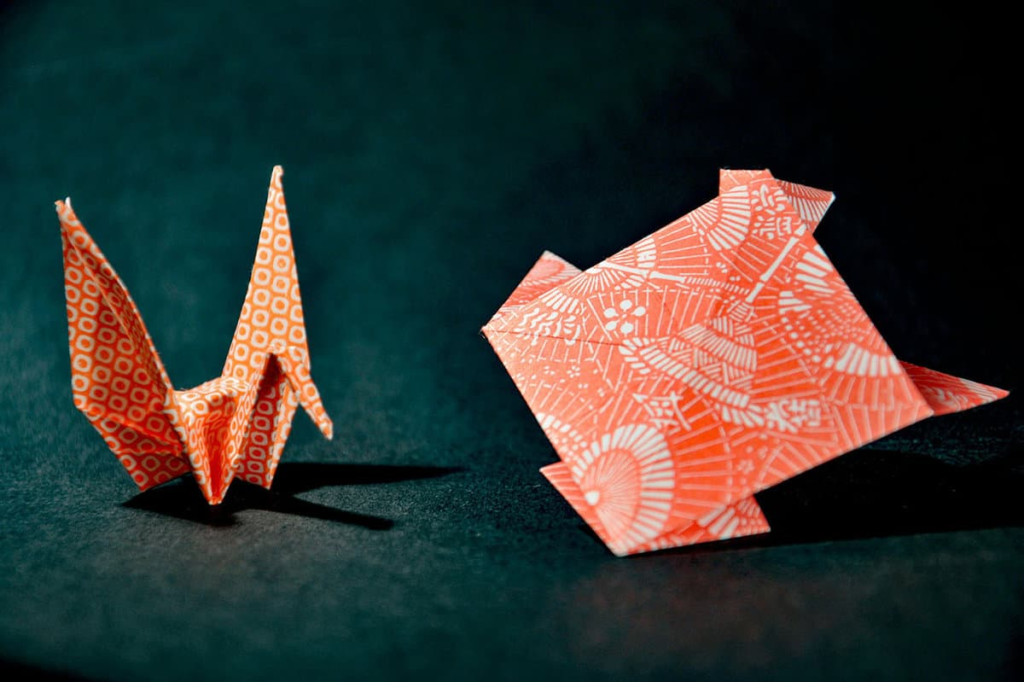Introduction to Madori and Its History
Madori is not just a word; it it’s a gateway to the fascinating world of Japanese origami. This ancient art form has roots that stretch back centuries and is steeped in rich culture and history. As you fold paper into intricate shapes, each crease tells a story, bridging generations and traditions. The beauty of Madori lies in its ability to transform simple sheets into stunning figures, capturing both the essence of nature and human imagination.
Imagine sitting quietly with a piece of colored paper, your fingers gently guiding it through precise folds. What may seem like an ordinary task unfolds incredible creativity and mindfulness. Whether you’re you’re crafting delicate cranes or complex geometric designs, Madori invites you on a journey filled with patience and joy.
This exploration will take you deeper into the captivating techniques that make Madori unique while uncovering the meanings behind popular designs. Embracing this art can enrich your life beyond mere aesthetics, fostering relaxation and focus alongside artistic expression. Let’s dive into this enchanting realm where every fold matters!
The Basics of Japanese Origami
Japanese origami is an ancient art form that transforms a simple sheet of paper into intricate designs. The word “origami” itself means ” to fold paper.” Each crease tells a story, capturing the essence of creativity and patience.
At its core, origami relies on precise folding techniques. Traditionally, only one piece of paper is used—no cutting or gluing. This purity makes each creation unique.
The basic folds—valley folds, mountain folds, and reverse folds—are essential for any beginner. Mastering these foundational moves opens the door to more complex structures.
Tools are minimal; often, your hands will suffice. However, some enthusiasts use bone folders for sharper creases or tweezers for delicate adjustments.
Colorful paper enhances visual appeal, but it isn’t mandatory. Plain sheets can lead to beautifully understated pieces that still carry depth and meaning in their simplicity.
Unique Techniques in Madori Origami
Madori origami showcases various techniques that elevate traditional folding into an art form. One standout method is ”Kawasaki,” where intricate folds create eye-catching layers and textures.
Another technique, known as ”wet-folding,” involves dampening paper to allow for more fluid curves. This lends a sculptural quality to designs, transforming flat pieces into dynamic forms.
The concept of modular origami also flourishes within Madori practices. Here, multiple units join together harmoniously to create complex structures. Each piece interlocks perfectly, enhancing both stability and aesthetic appeal.
The incorporation of layering adds depth and richness to creations. By stacking folded elements, artists can produce stunning visual effects that draw viewers in with complexity.
Popular Madori Designs and Their Meanings

Madori origami is rich with symbolism, and each design has a unique meaning. One of the most celebrated shapes is the crane. This elegant bird represents peace and hope and is often used in weddings.
Another popular design is the lotus flower, symbolizing purity and enlightenment. Folding this intricate piece can be both meditative and rewarding.
The frog also has significance in Madori culture; it embodies luck and prosperity. Many enthusiasts fold frogs to invite good fortune into their lives.
The butterfly stands out for its association with transformation and beauty. Its delicate wings showcase artistry and a deep appreciation for nature’s wonders.
These designs are more than mere paper creations; they reflect profound cultural values that resonate within Japanese society. Each fold tells a story, connecting generations through shared traditions and meanings.
How to Get Started with Madori Origami
Getting started with Madori origami is easier. Begin by gathering the suitable materials. You’ll need quality paper that holds creases well—origami or any lightweight craft paper will do.
Next, find some beginner-friendly designs to practice. Simple models like cranes or boats can help build your skills and confidence. Plenty of online tutorials and videos are available to guide you through each fold step-by-step.
As you progress, focus on mastering different techniques unique to Madori. This could include incorporating color changes or experimenting with various folding styles.
Remember to be patient with yourself as you learn! Each piece takes time and precision but enjoy the creation process. Please share your work with friends and family; their encouragement can fuel your passion further!
Benefits of Practicing Madori Origami
Practicing Madori origami offers a multitude of benefits that extend beyond the art itself. Engaging in this intricate craft enhances fine motor skills, improving hand-eye coordination and dexterity.
As you fold paper into stunning designs, your mental focus sharpens, too. The concentration required helps alleviate stress and brings a sense of calm to your mind.
Madori also fosters creativity. Each unique design presents an opportunity for self-expression, allowing individuals to explore their artistic side freely.
Additionally, embracing this traditional Japanese art connects you with its rich cultural heritage. You gain insight into history while appreciating the meticulous techniques passed down through generations.
Sharing your creations can build connections with others who appreciate this beautiful craft. It opens doors for community engagement and collaboration among fellow enthusiasts and newcomers alike.
Conclusion: The Beauty and Significance of Madori Origami in Japanese Culture
Madori origami stands as a beautiful testament to the art of paper folding, which is deeply rooted in Japanese culture. Its intricate designs and unique techniques reflect not just creativity but also history and tradition. Each fold tells a story, and each creation carries meaning.
The practice of Madori allows individuals to connect with their emotions, cultivate patience, and express themselves artistically. As you explore this delicate craft, you become part of a lineage that values precision and appreciation for beauty in simplicity.
Whether you’re drawn to its aesthetic appeal or its meditative qualities, engaging with Madori can be rewarding. This art form offers insights into Japanese philosophy while fostering mindfulness through creation. Embracing Madori can enrich your life in unexpected ways—a true celebration of artistry steeped in cultural significance.









